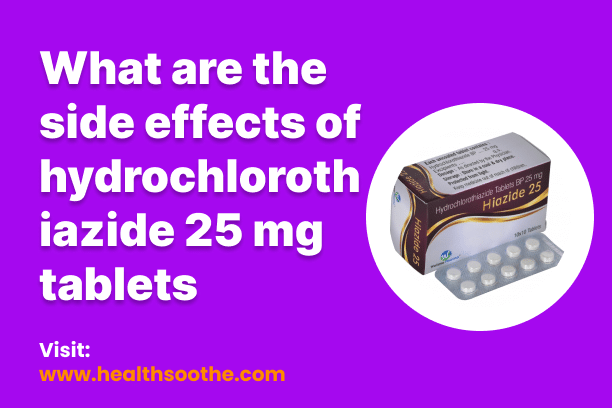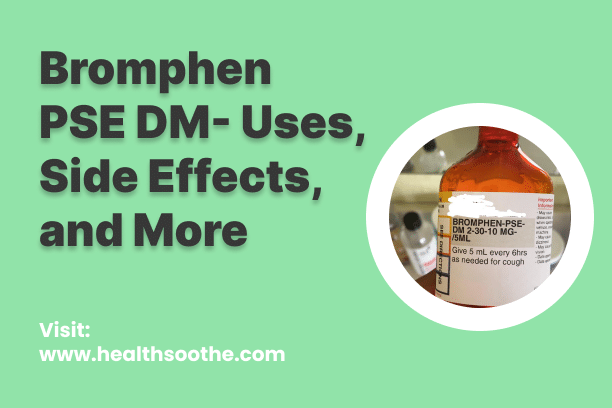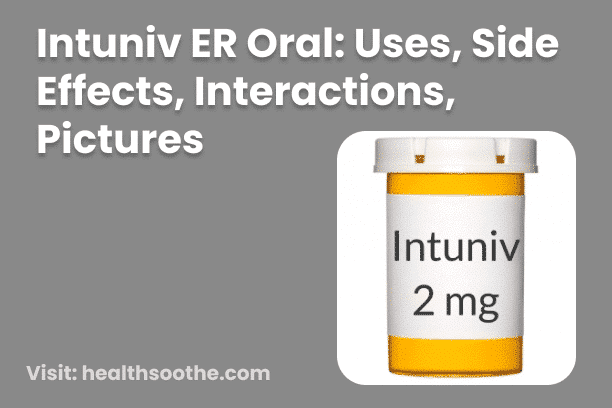Hydrochlorothiazide is a prescribed medication administered orally in tablet or capsule form. The oral tablet version of Hydrochlorothiazide is exclusively available in a generic form, typically more affordable than its brand-name counterpart. Key Facts Form & Availability: Hydrochlorothiazide is available only as a generic oral tablet or capsule. Primary Uses: It is mainly prescribed for high blood pressure and edema caused by heart failure, liver damage, kidney problems, or certain drugs. Mechanism: Works by removing excess salt and water, lowering blood pressure and reducing swelling. Duration of Effect: Starts working in ~2 hours, peaks at ~4 hours, and lasts 6–12…
Author: Wisdom Bassey
In most cases, your KitchenAid microwave’s touchpad malfunctions due to the activation of the lock function, a malfunction in the main control board, a deteriorated membrane switch, a stuck key on the membrane switch, or potential damage resulting from misuse. Key Facts Cause of Problem: KitchenAid touchpad issues often stem from the lock function, faulty control board, damaged membrane switch, stuck keys, or a faulty touchpad. Faulty Touchpad: If some keys don’t respond during a diagnostic test, the touchpad likely needs replacement. Child Lock: When the child lock is activated (“LOC,” “L,” or a padlock symbol appears), the microwave won’t…
Bromphen PSE DM medication is utilized to temporarily address symptoms arising from the common cold, influenza, allergies, or other respiratory conditions like sinusitis and bronchitis. Dextromethorphan functions as a cough suppressant, acting on a specific area of the brain to reduce the urge to cough. Decongestants work to alleviate symptoms of nasal and ear congestion. Acetaminophen (APAP) serves as a non-aspirin pain reliever and fever reducer. Antihistamines help ease symptoms such as watery eyes, itchy eyes/nose/throat, runny nose, and sneezing. Key Facts Bromphen PSE DM is used to relieve symptoms of cough, congestion, allergies, flu, and sinus-related respiratory conditions. It…
This medication is employed for treating attention deficit hyperactivity disorder (ADHD) as part of a comprehensive treatment plan that encompasses psychological, educational, and social interventions. Diverging from other medications used to address ADHD, guanfacine does not function as a stimulant. The precise mechanism of guanfacine’s action in treating ADHD remains unknown. It is speculated that guanfacine influences receptors in specific brain regions, fostering the enhancement of working memory, minimizing distractions, and bolstering attention and impulse control. Guanfacine may contribute to alleviating ADHD symptoms, including disruptive behaviour, inattention, hyperactivity, impulsivity, conflicts with adults or outbursts of anger. Key Facts Non-stimulant treatment:…
“Have you ever wondered about the significance of your Whirlpool Duet washer emitting three beeps? It’s important to understand that these beeping alerts are your washer’s way of notifying you that something isn’t quite right. Fortunately, you have the option to silence this bothersome sound. Typically, Whirlpool washers employ a series of beeps to signal errors and indicate the need for maintenance. This beeping can either cease or persist intermittently until the underlying issue is resolved. When your Whirlpool Duet washer emits three beeps, it’s usually a sign of either an overloaded drum or a clogged drain filter. To address…




